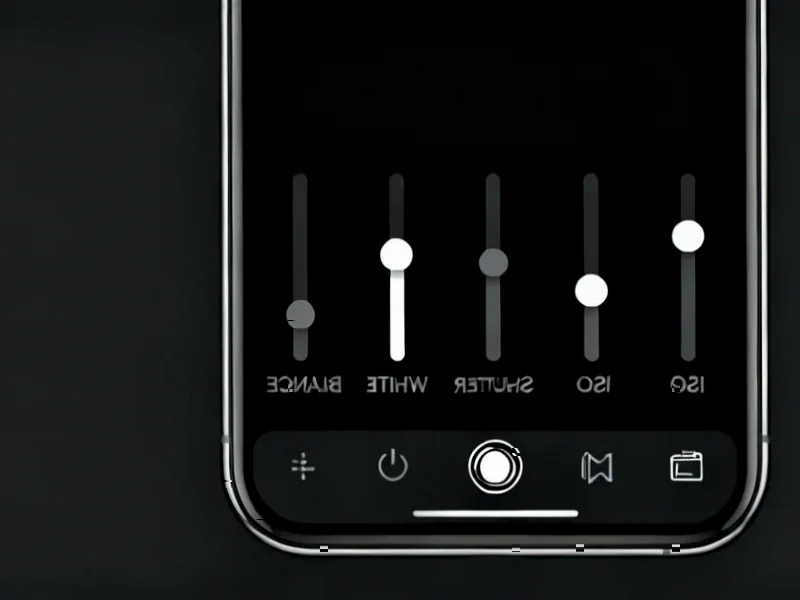According to SamMobile, Samsung’s Advanced Professional Video (APV) codec has gained support in DaVinci Resolve ahead of its expected debut on the Galaxy S26 early next year. The codec, which Samsung released last year as a competitor to Apple ProRes, already has Google’s backing with native support in Android 16’s stock version, meaning it will be available on all compatible devices unless specifically blocked by manufacturers. APV supports resolutions up to 8K with HDR10 and HDR10+ formats, plus advanced features like alpha channels, depth information, and frame tilting for XR content. Samsung reportedly plans APV video recording on the Galaxy S26, potentially making it one of the most advanced phones for video workflows when paired with compatible editing software. This early ecosystem development suggests broader industry implications.
The Escalating Codec Wars
What we’re witnessing is the opening salvo in the next phase of the mobile codec wars, where hardware manufacturers are increasingly competing on professional video capabilities. Apple established this battlefield with ProRes, but Samsung’s APV represents a more open approach that could appeal to Android’s diverse ecosystem. The timing is strategic—with Android 16’s native support, Samsung isn’t just building a codec; they’re building an ecosystem standard that could become the default for Android professional video workflows. This moves the competition beyond mere camera specs into the realm of production pipelines and post-production flexibility.
Transforming Mobile Production Workflows
The implications for content creators are profound. We’re approaching a tipping point where high-end mobile video production becomes truly viable without the quality compromises that previously forced professionals back to dedicated cameras. The combination of APV’s advanced features—particularly alpha channel support and frame tilting for XR—suggests Samsung is targeting not just traditional videographers but the emerging spatial computing and augmented reality markets. This positions smartphones as legitimate tools for professional XR content creation, potentially disrupting workflows that currently require specialized equipment costing thousands more.
The Ecosystem Adoption Challenge
While the technical specifications are impressive, the real test will be ecosystem adoption beyond Samsung’s immediate partners. Apple’s ProRes succeeded because it integrated seamlessly into the established professional video ecosystem centered around Final Cut Pro and Adobe’s Creative Cloud. Samsung needs to convince not just DaVinci Resolve users but the broader Adobe ecosystem and professional hardware manufacturers to embrace APV. The Exynos 2600’s potential hardware-level support is crucial, but without widespread third-party adoption across editing software, color grading tools, and playback systems, APV risks becoming another proprietary format rather than an industry standard.
Broader Market Implications
Looking 12-24 months ahead, this development could accelerate the convergence of mobile and professional video markets. If APV gains traction, we’ll likely see other Android manufacturers incorporating the codec to compete with Samsung’s video capabilities, creating a unified professional video standard across the Android ecosystem. This could pressure Apple to further enhance ProRes or open it to broader licensing. More importantly, it signals that smartphone manufacturers see professional content creation as the next frontier for differentiation—moving beyond consumer features to tools that can genuinely replace specialized equipment for many use cases.
The Road Ahead
The success of APV will depend on three factors: performance parity with established codecs in real-world editing workflows, widespread hardware acceleration across multiple chipset manufacturers, and robust support throughout the professional video toolchain. If Samsung can deliver on all three, we could see APV become the de facto standard for Android professional video within two years. However, the history of codec adoption suggests this will be an uphill battle against entrenched standards and workflow inertia. The early support from major players like Google and DaVinci Resolve suggests Samsung is serious about building the ecosystem, not just the technology.




